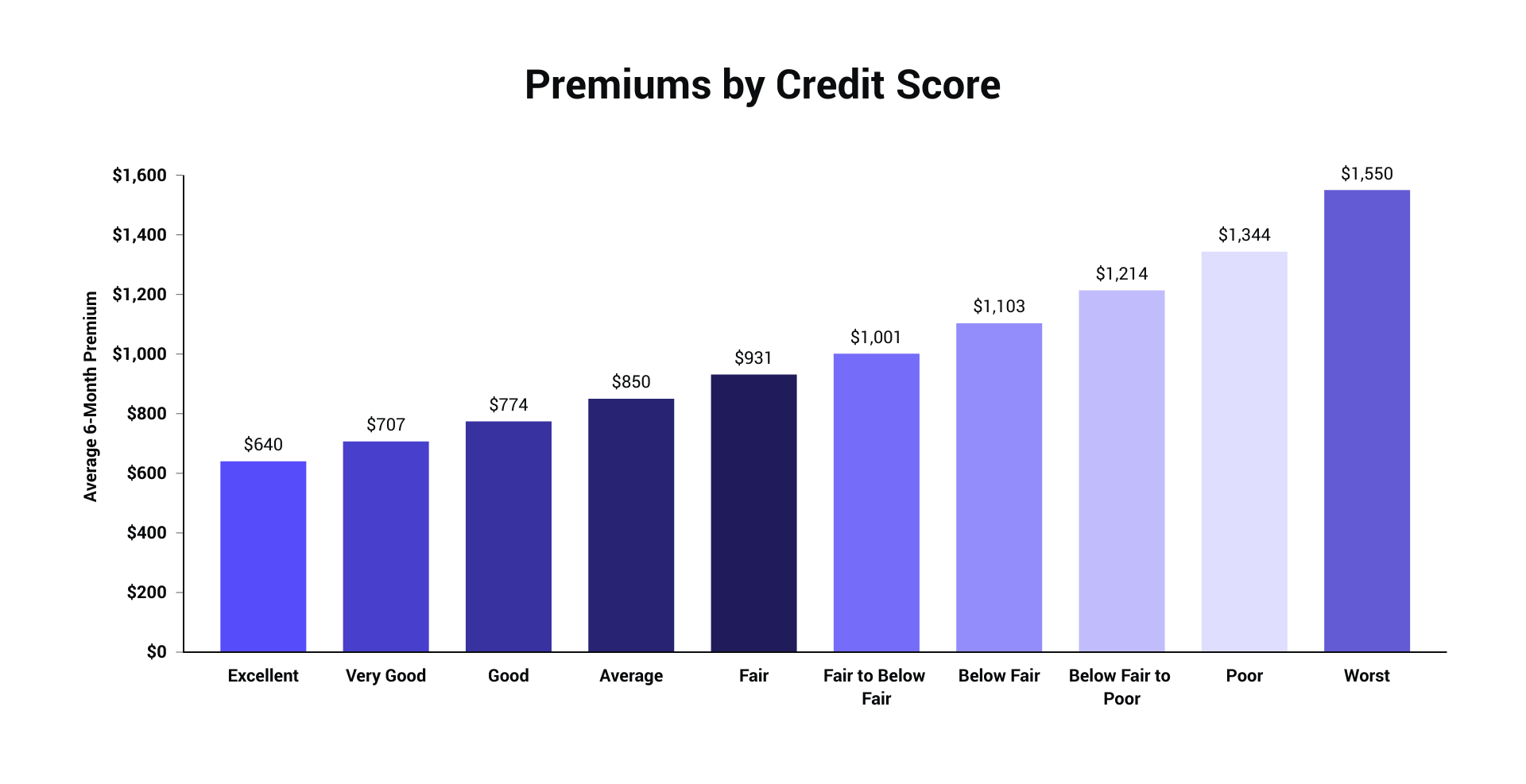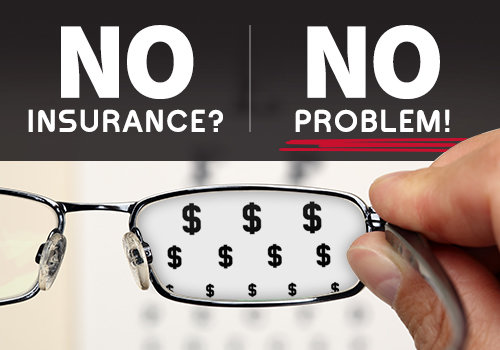They like understanding that when they need their insurance, they will not need to come up with a big amount of money before their strategy starts aiding with the cost. So they 'd rather have a higher premium, but a lower deductible. It makes your costs more predictable.
A health insurance coverage premium is a regular monthly charge paid to an insurance company or health strategy to provide health protection. The scope of the protection itself (i. e., the quantity that it pays and the amount that you spend for health-related services such as physician sees, hospitalizations, prescriptions, and medications) differs considerably from one health insurance to another, and there's frequently a connection in between the premium and the scope of the coverage.
ERproductions Ltd/ Blend Images/ Getty Images In short, the premium is the payment that you make to your health insurance coverage business that keeps protection fully active; it's the quantity you pay to acquire your coverage. The Premium payments have a due date plus a grace duration. If a premium is not fully paid by the end of the grace period, the medical insurance company may suspend or cancel the coverage.
These are quantities that you pay when you need medical treatment. If you don't require any treatment, you will not pay a deductible, copays, or coinsurance. But you have to pay your premium every month, despite whether you use your health insurance or not. If you receive healthcare coverage through your task, your employer will normally pay some or all of the regular monthly premium.
They will then cover the remainder of the premium. According to the Kaiser Household Structure's 2019 company benefits survey, companies paid an average of nearly 83% of single workers' total premiums, and approximately almost 71% of the total household premiums for staff members who include relative to the plan.
5 Simple Techniques For How Do Health Insurance Deductibles Work
Nevertheless, considering that 2014, the Affordable Care Act (ACA) Go to the website has supplied premium tax credits (aids) that are readily available to people who buy specific protection through the exchange. In order to be eligible for the premium subsidies, your income can't go beyond 400% of the federal poverty level, and you can't have access to economical, thorough protection from your company or your partner's company - how much is health insurance a month for a single person?.
Let's say that you have been investigating healthcare rates and plans in order to find a plan that is cost effective and suitable for you and your liked ones - what does no fault insurance mean. After much research, you eventually wind up choosing a particular https://omaha.com/business/consumer/wesley-financial-group-diversifies-with-launch-of-wesley-mutual/article_1cf167bd-44c0-535b-ab57-13075882968f.html strategy that costs $400 monthly. That $400 regular monthly cost is your medical insurance premium.
If you are paying your premium on your own, your regular monthly expense will come directly to you. If your company offers a group medical insurance plan, the premiums will be paid to the insurance plan by your employer, although a part of the total premium will likely be collected from each employee via payroll deduction (most really large employers are self-insured, which suggests they cover their staff members' medical expenses straight, generally contracting with an insurance provider only to administer the strategy).

The staying balance of the premium will be invoiced to you, and you'll need to pay your share in order to keep your protection in force. Additionally, you can choose to pay the full amount of the premium yourself monthly and claim your total premium subsidy on your income tax return the following spring.
If you take the aid upfront, you'll need to reconcile it on your tax return using the same type that's used to claim the subsidy by people who paid complete cost throughout the year ). Premiums are set charges that should be paid monthly. If your premiums are up to date, you are guaranteed.
What Does Why Is Car Insurance So Expensive Mean?
Deductibles, according to Healthcare. gov, are "the quantity you pay for covered health care services prior to your insurance strategy starts to pay." However it is very important to comprehend that some services can be totally or partially covered prior to you meet the deductible, depending on how the plan is developed. ACA-compliant plans, including employer-sponsored plans and specific market plans, cover certain preventive services at no expense to the enrollee, even if the deductible has not been satisfied.
Instead of having the enrollee pay the complete cost of these sees, the insurance coverage strategy might require the member to just pay a copay, with the health insurance getting the rest of the costs. However other health insurance are developed so that all servicesother than the mandated preventive care benefitsare used towards the deductible and the health insurance doesn't start to pay for any of them up until after the deductible is met.
Even if your medical insurance policy has low or no deductibles, you will most likely be asked to pay a reasonably low fee for healthcare. This cost is called a copayment, or copay for short, and it will usually vary depending upon the specific medical service and the information of the person's strategy. how much do dentures cost without insurance.
Some plans have copays that just use after a deductible has actually been satisfied; this is significantly common for prescription advantages. Copayments may be greater if monthly premiums are lower. Healthcare.gov describes coinsurance as follows: "the percentage of costs of a covered healthcare service you pay (20%, for example) after you have actually paid your deductible.
If you've paid your deductible, you pay 20% of $100, or $20." Coinsurance typically uses to the very same services that would have counted towards the deductible before it was satisfied. In other words, services that undergo the deductible will be subject to coinsurance after the deductible is fulfilled, whereas services that go through a copay will generally continue to undergo a copay.

Not known Factual Statements About How Much Does Gap Insurance Cost
The yearly out-of-pocket optimum is the highest total quantity a health insurance coverage business needs a patient to pay themselves towards the total cost of their health care (in basic, the out-of-pocket maximum only applies to in-network treatment for covered, medically-necessary care in which any previous authorization guidelines are followed). Once a client's deductibles, copayments, and coinsurance spent for a particular year add up to the out-of-pocket optimum, the client's cost-sharing requirements are then finished for that specific year.
So if your health strategy has 80/20 coinsurance (implying the insurance coverage pays 80% after you've fulfilled your deductible and you pay 20%), that doesn't mean that you pay 20% of the overall charges you incur. It suggests you pay 20% until you strike your out-of-pocket optimum, and after that your insurance will start to pay 100% of covered charges.
Insurance coverage premium is a defined quantity stipulated by the insurer, which the insured individual must occasionally pay to maintain the actual protection of insurance coverage. As a process, insurance coverage business take a look at the kind of protection, the likelihood of a claim being made, the location where the policyholder lives, his work, his routines (smoking cigarettes for circumstances), his medical condition (diabetes, heart ailments) amongst other factors.
The higher the threat associated with an event/ claim, the more costly the insurance premium will be. Insurer provide insurance policy holders a variety of alternatives when it concerns paying insurance coverage premium. Insurance policy holders can typically pay the insurance coverage premium in installations, for instance monthly or semi-annual payments, or they can even pay the entire quantity upfront before protection starts.